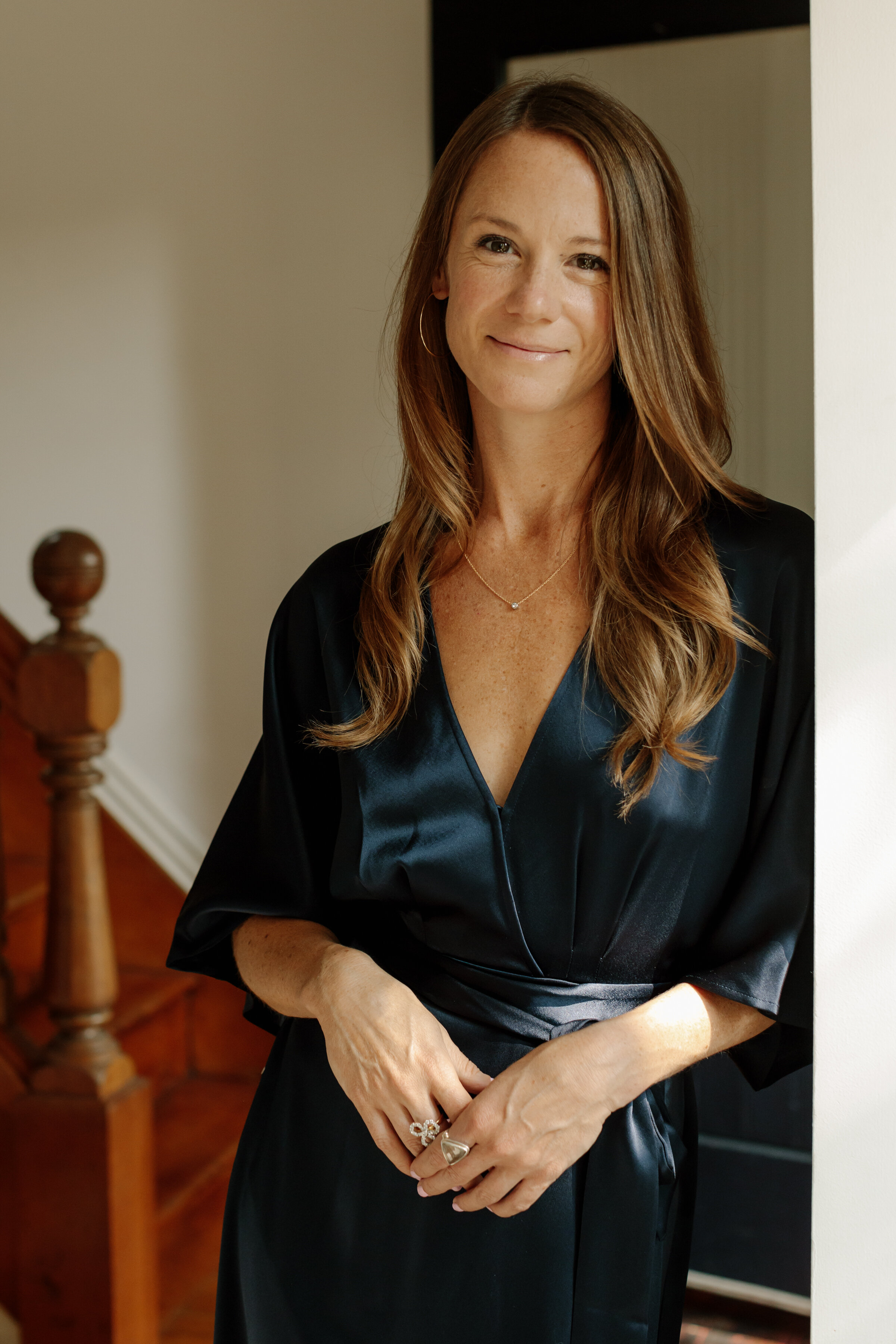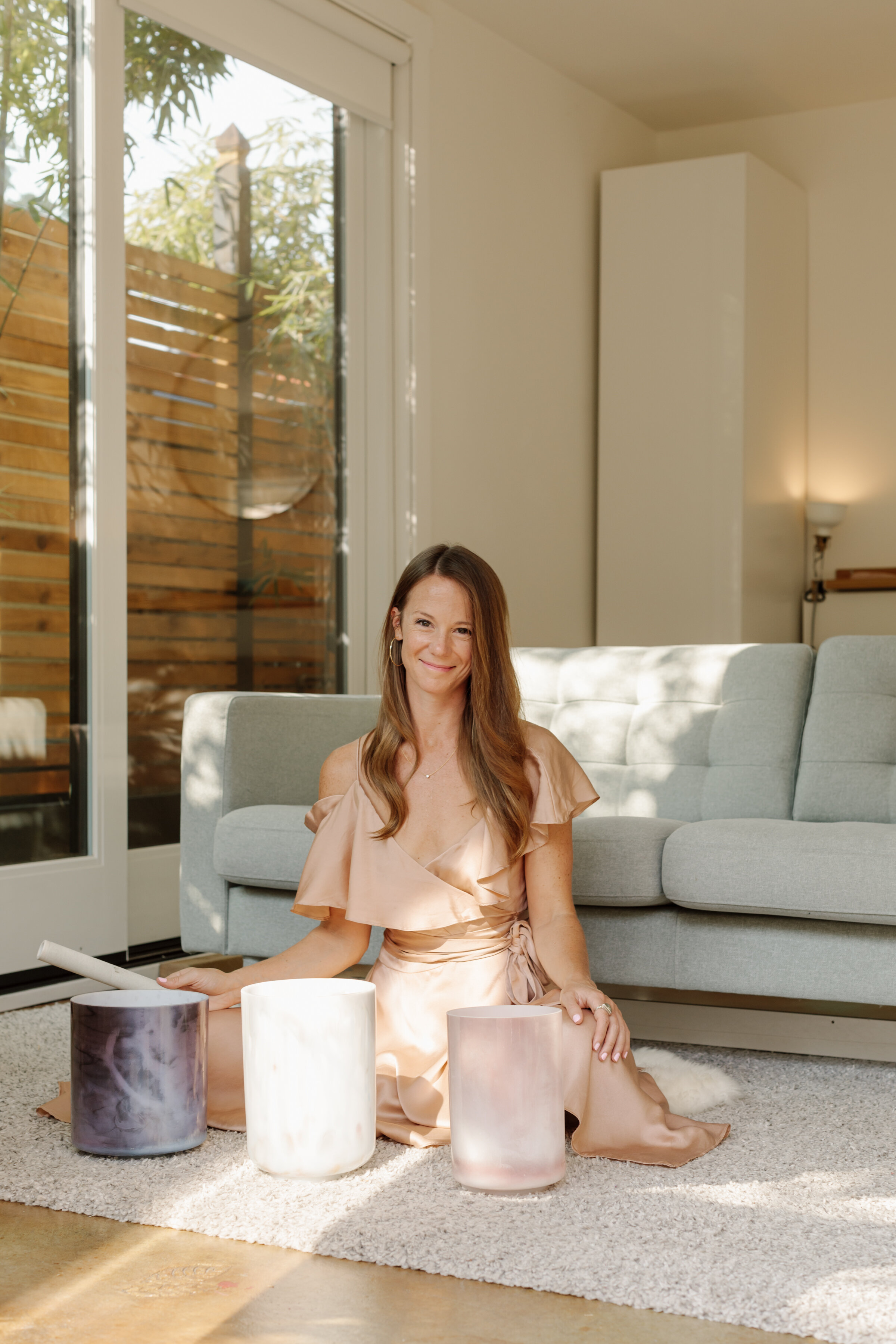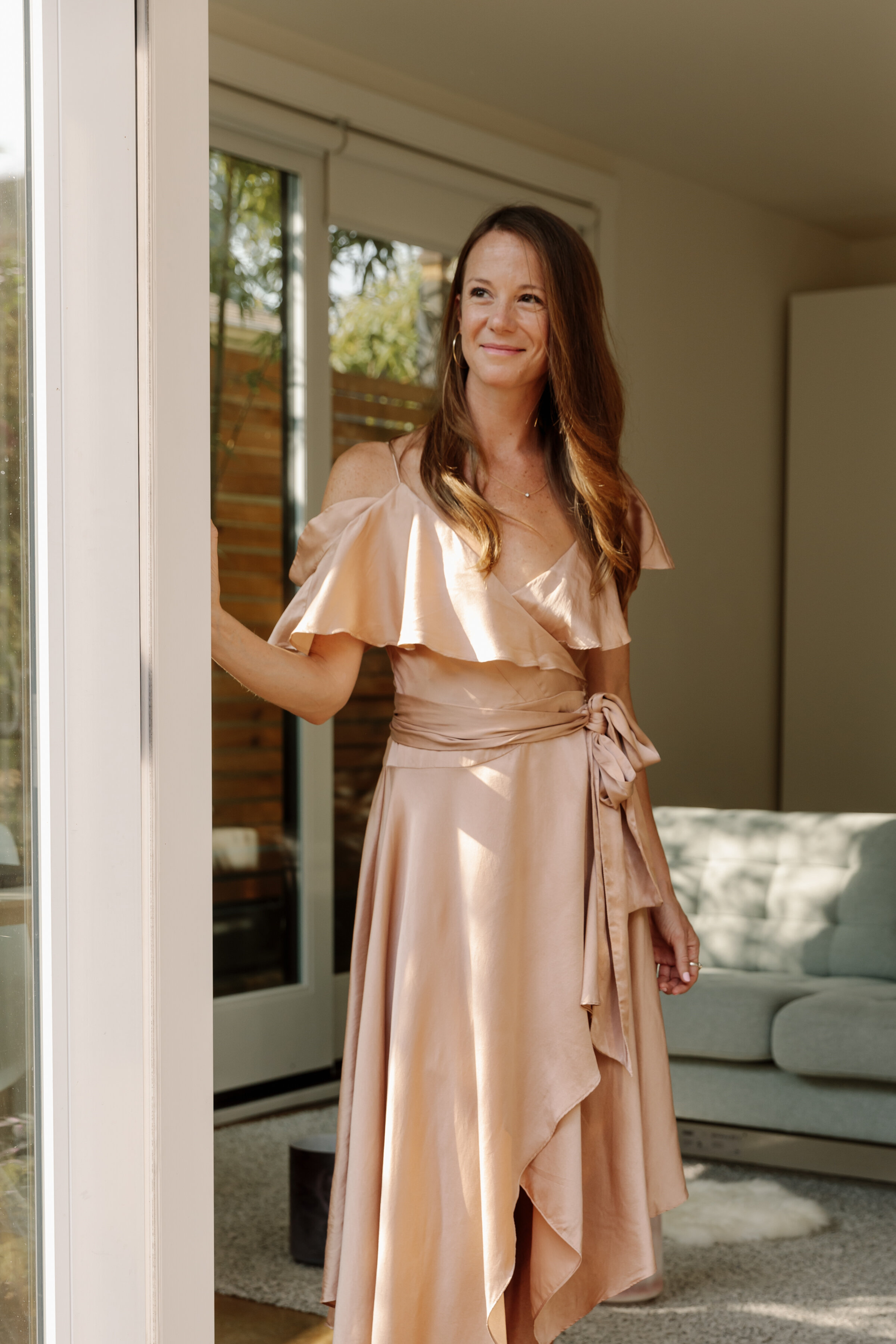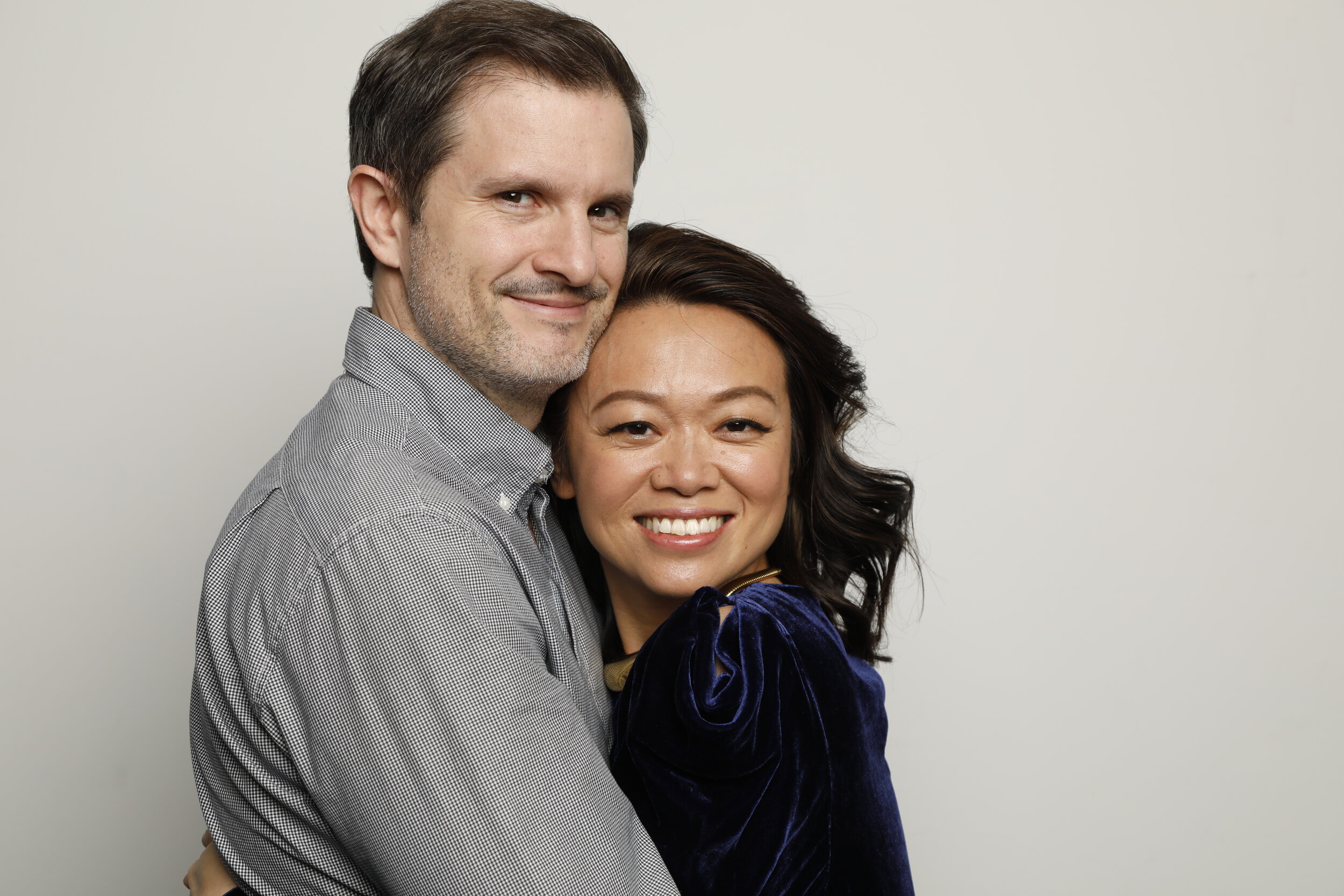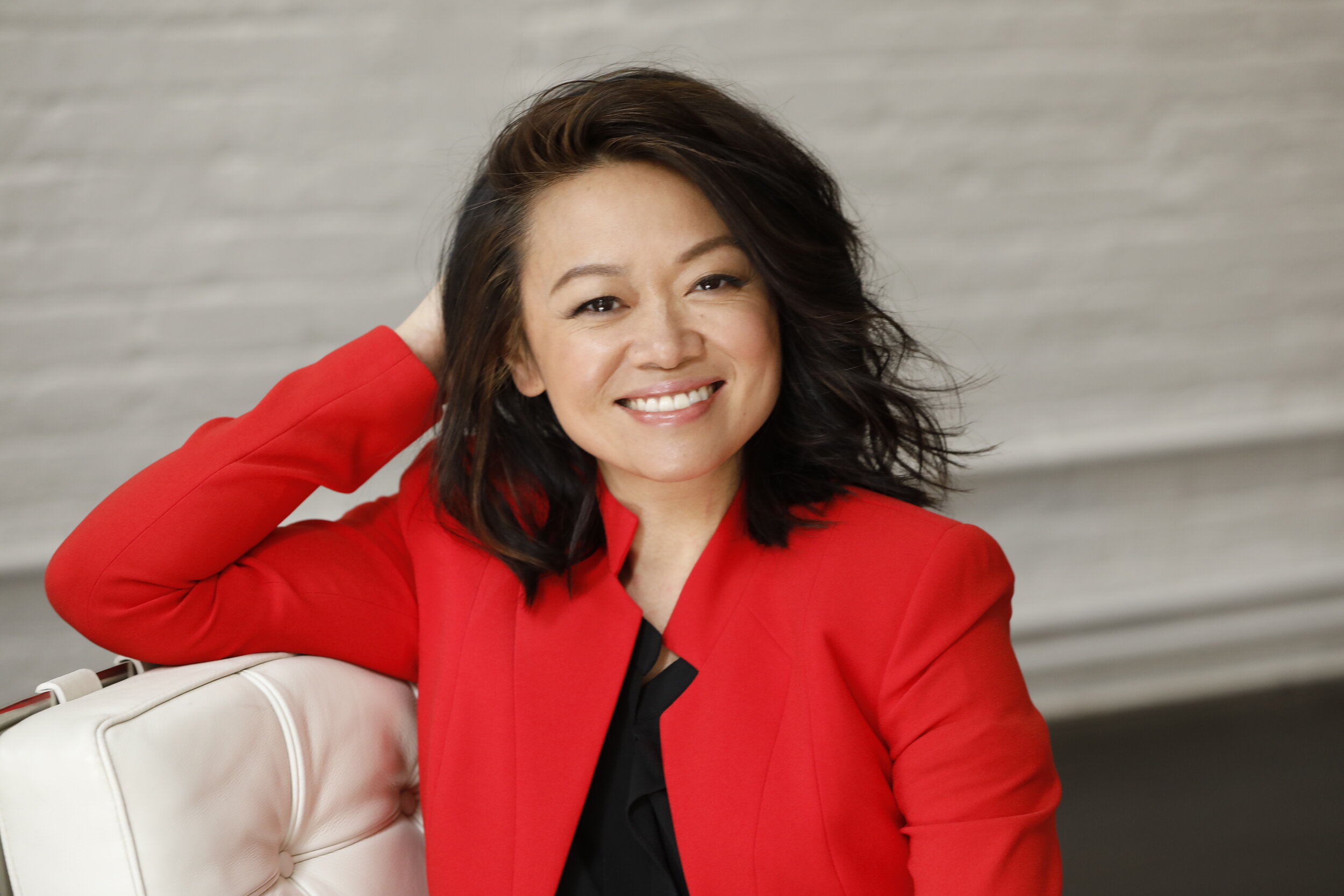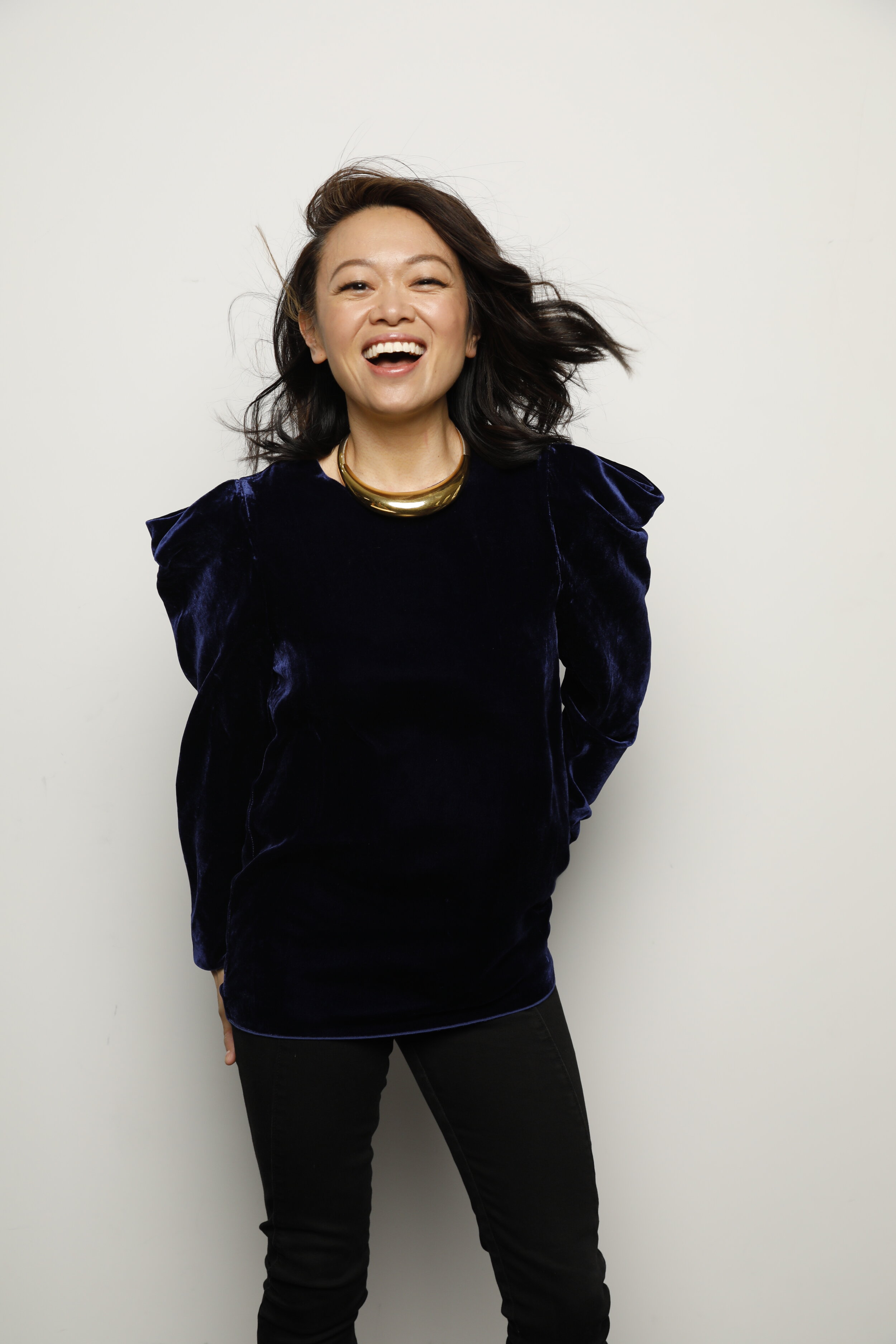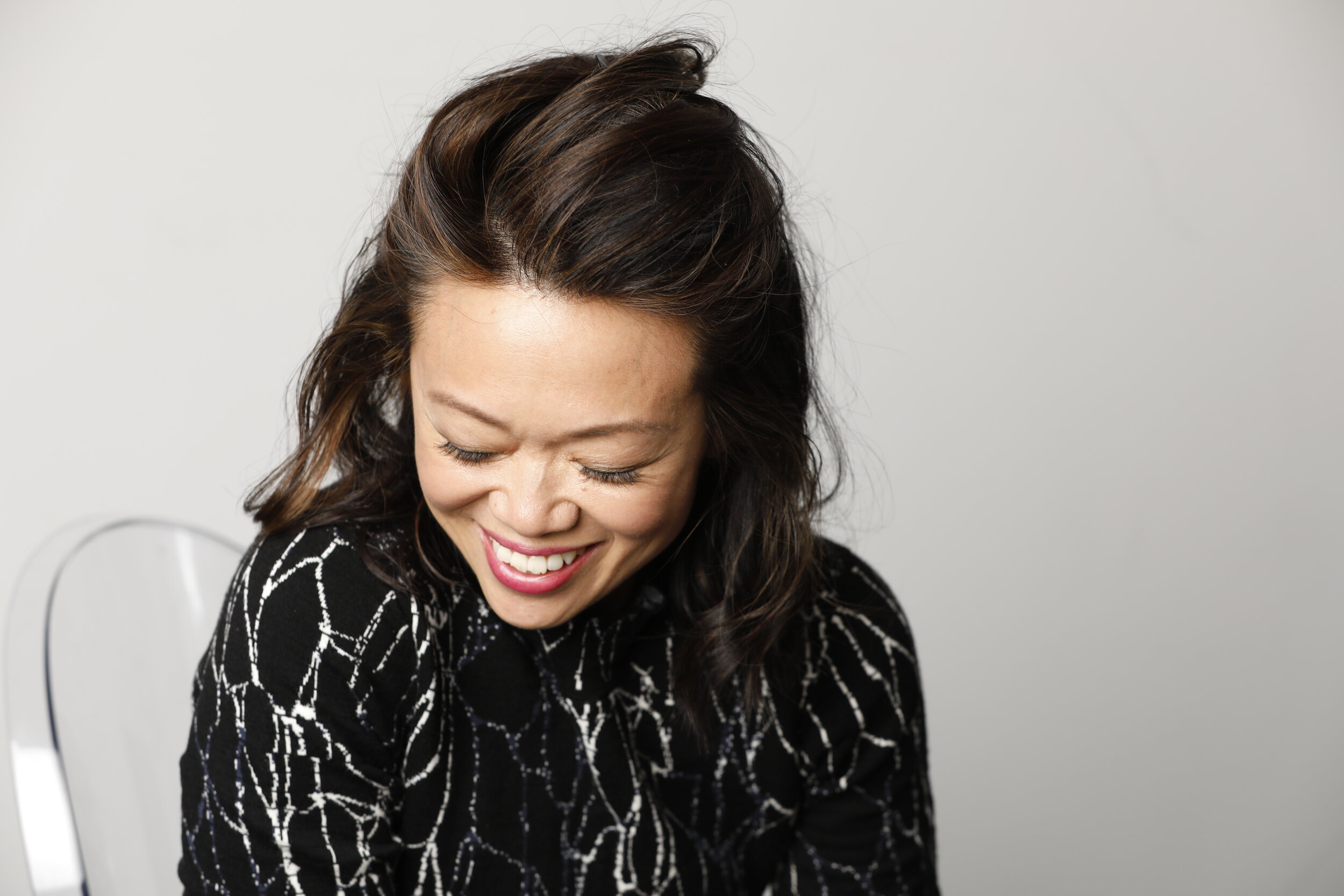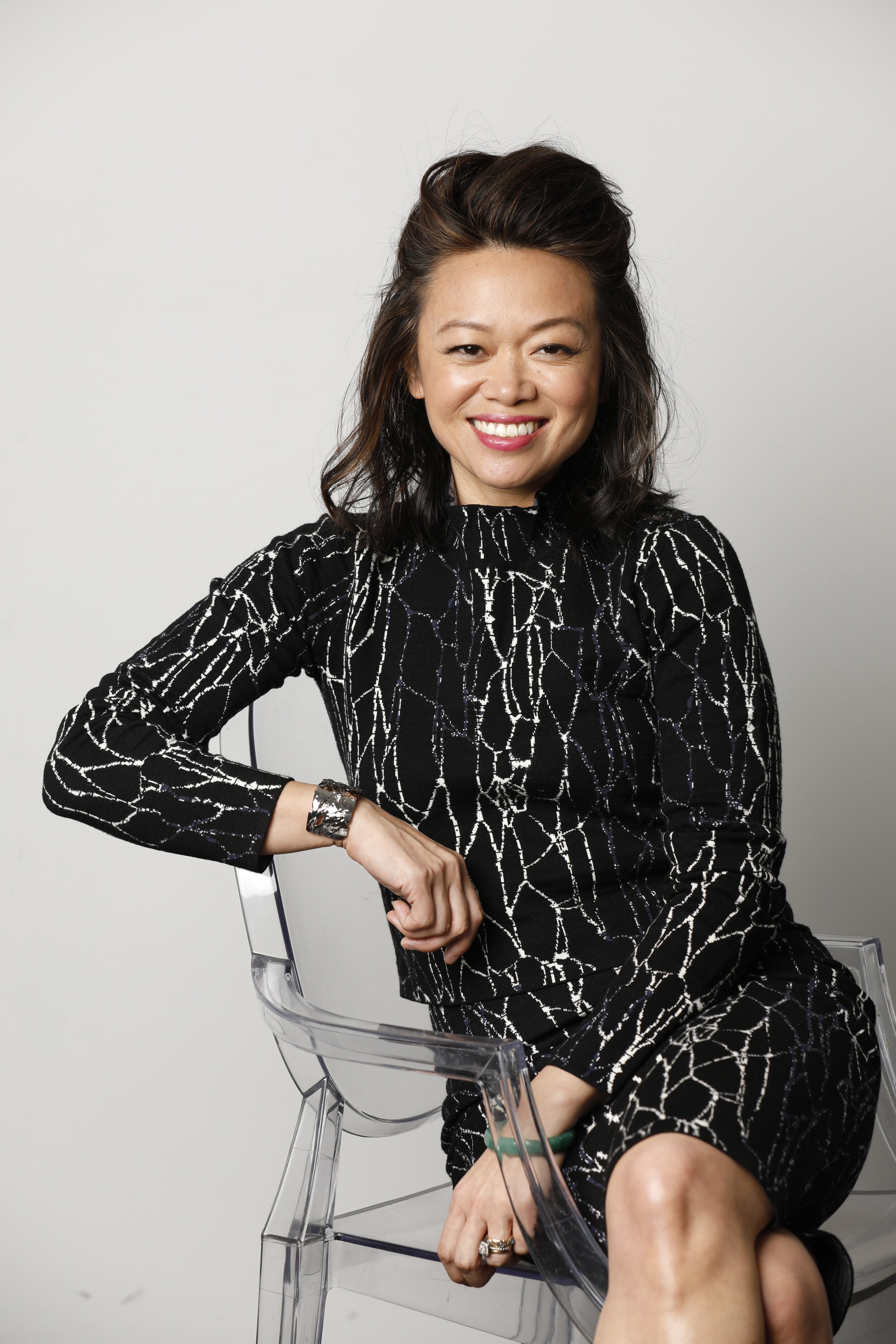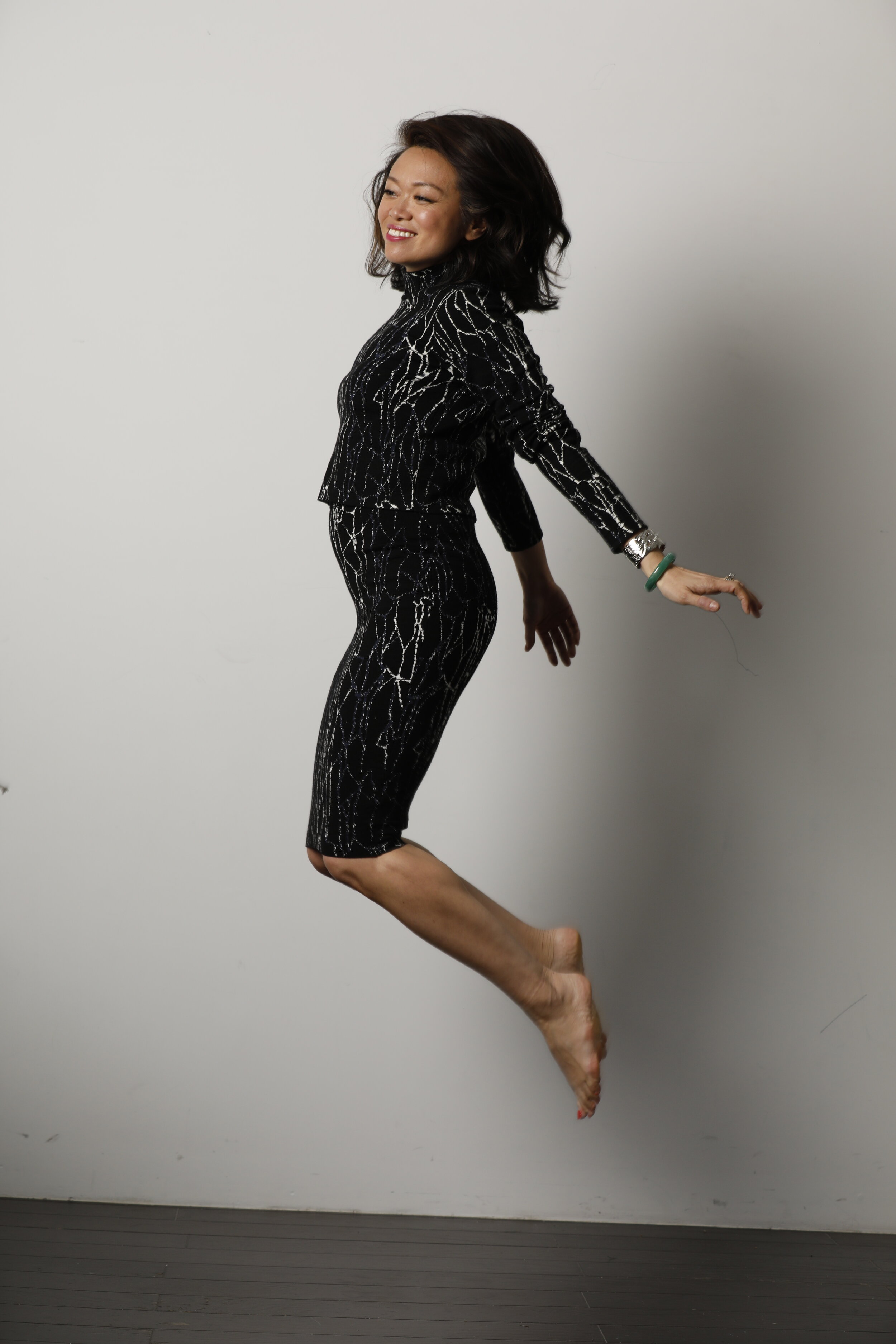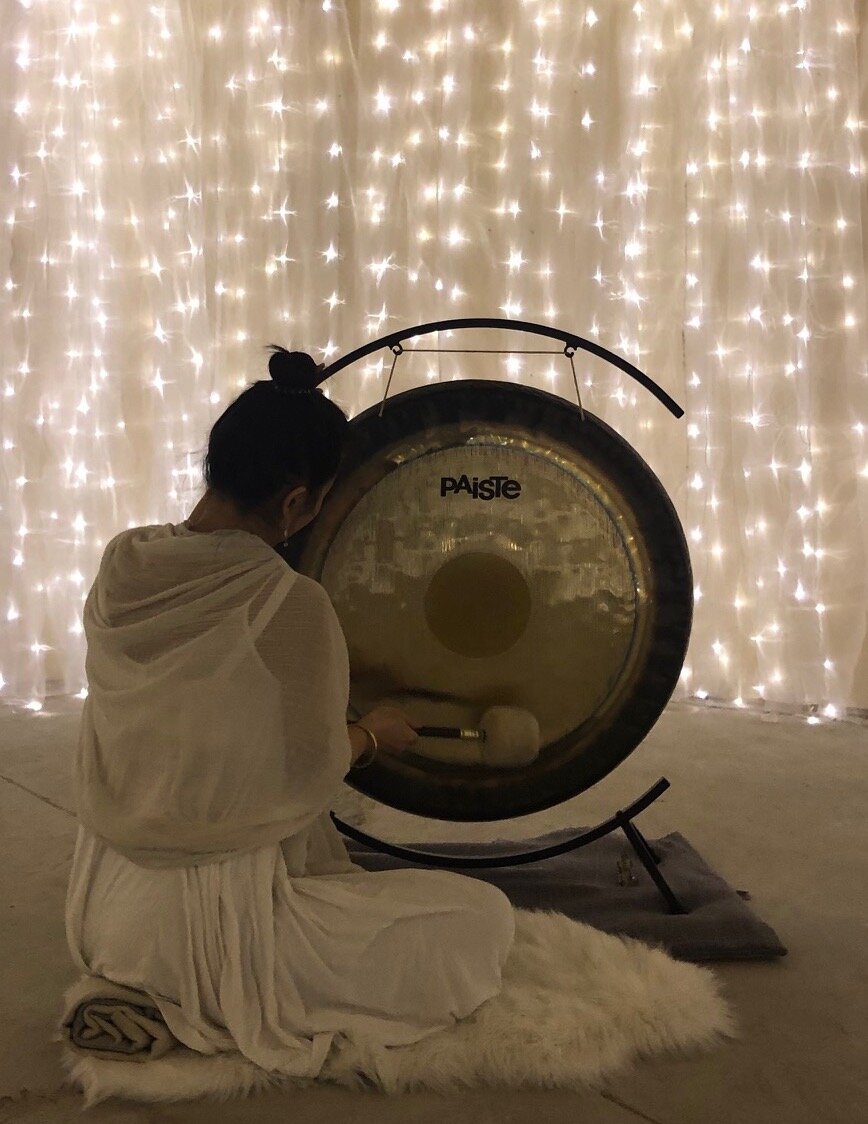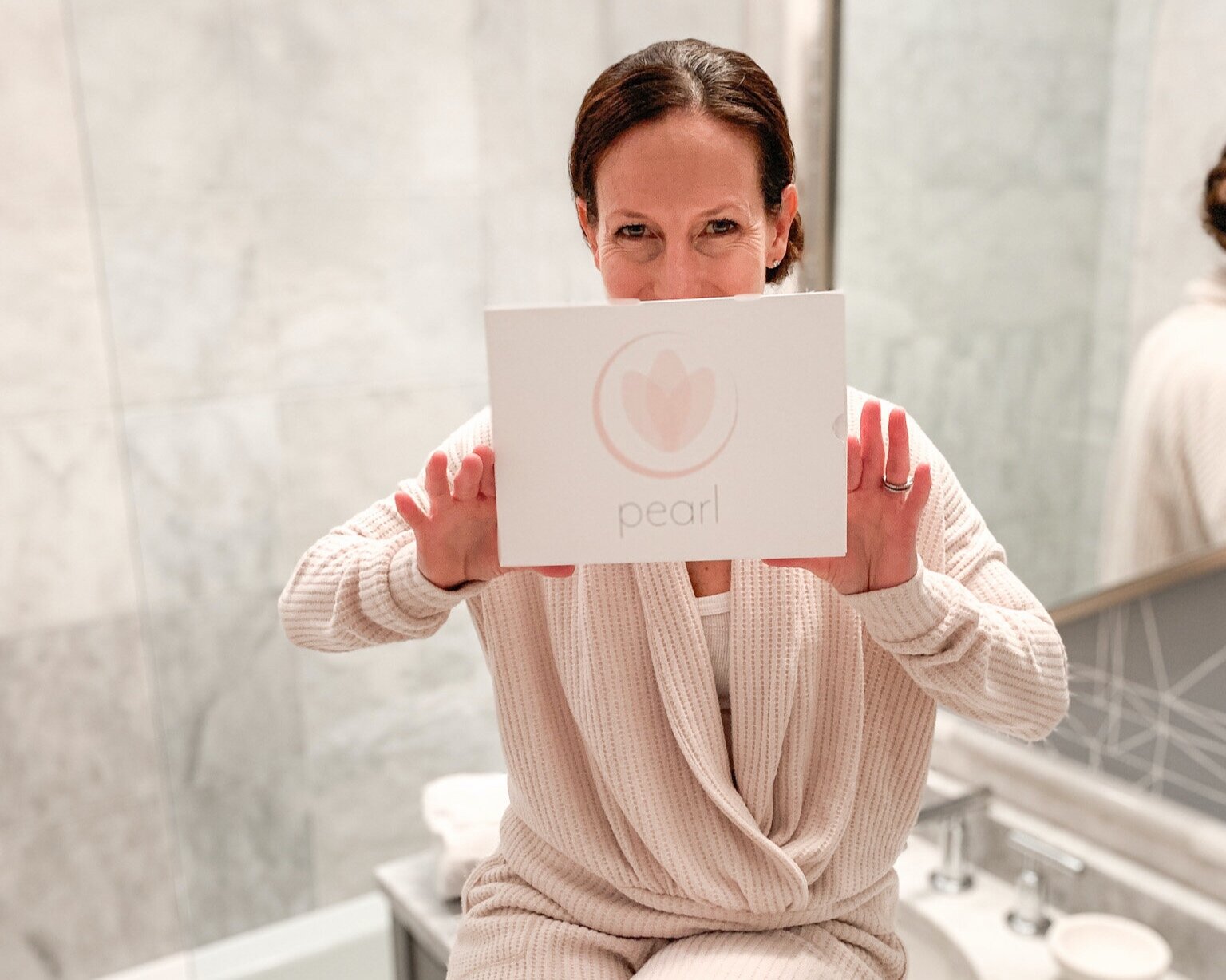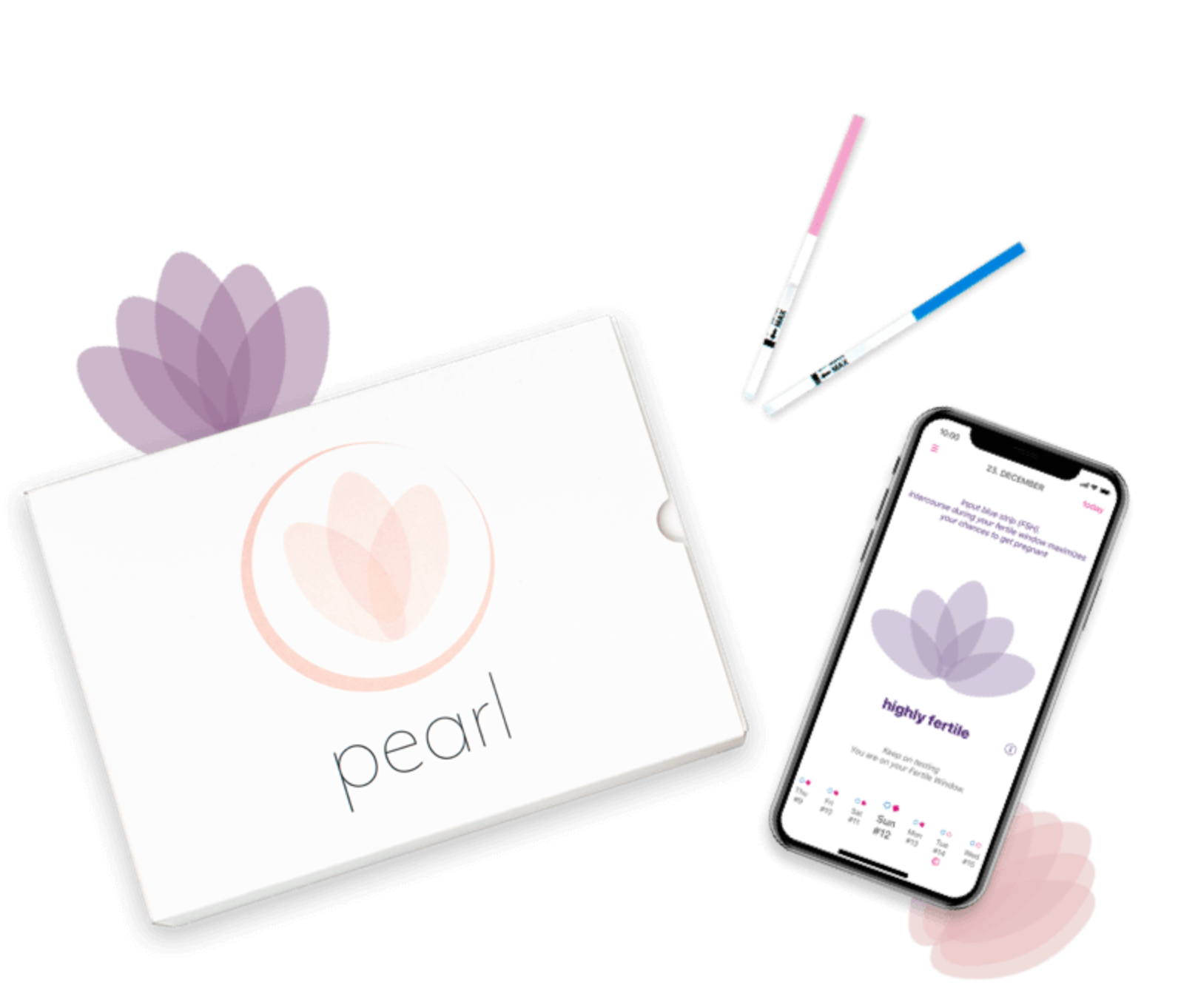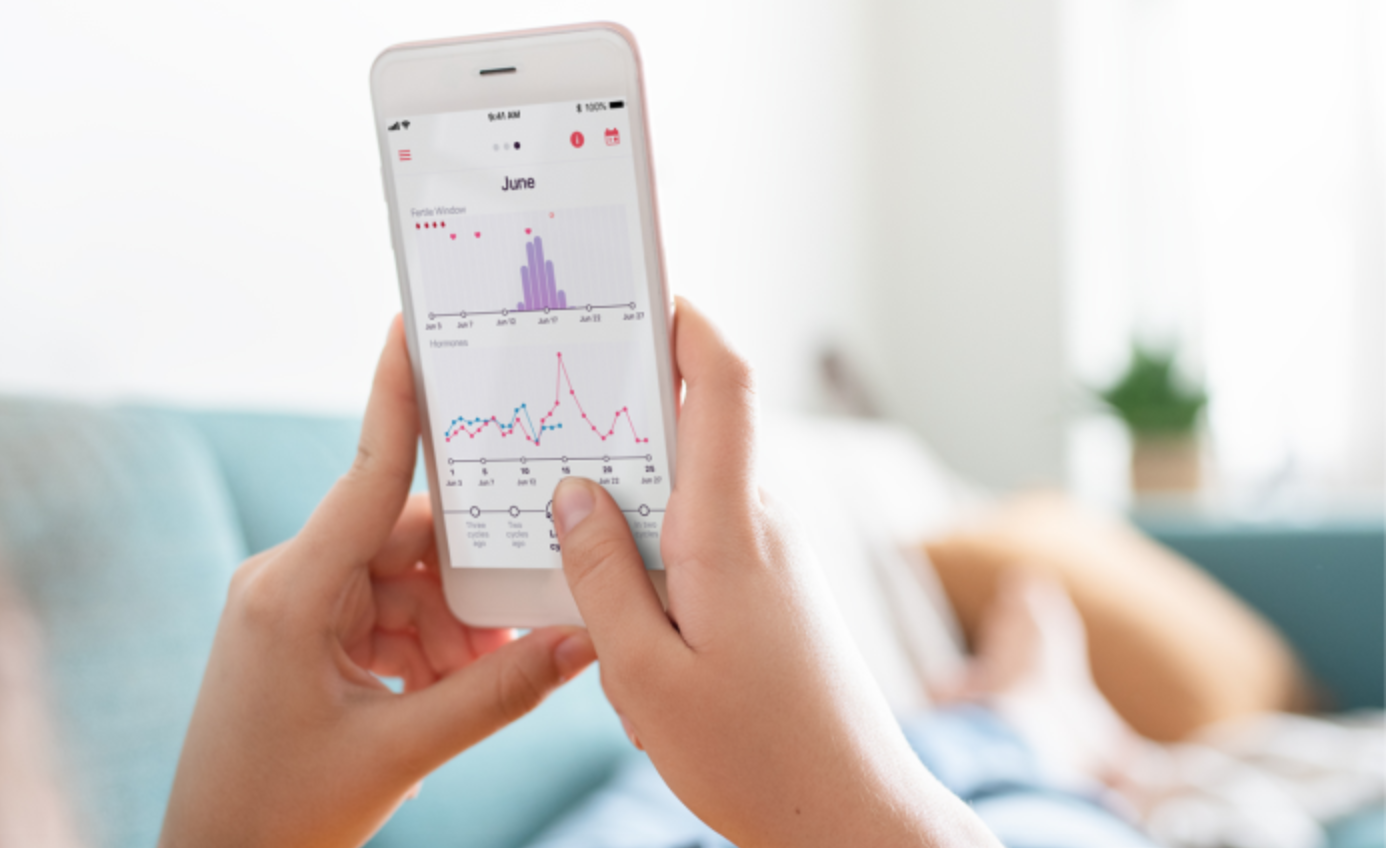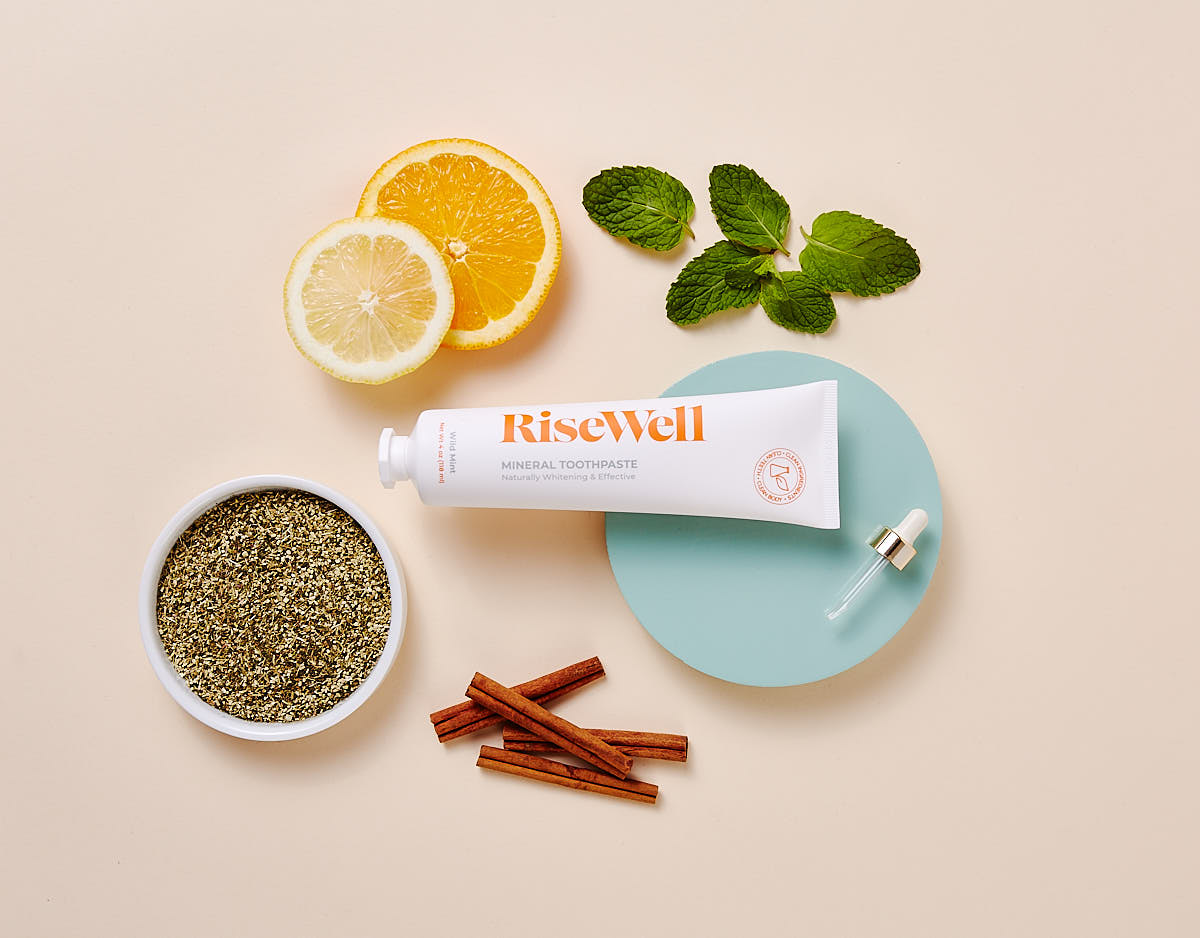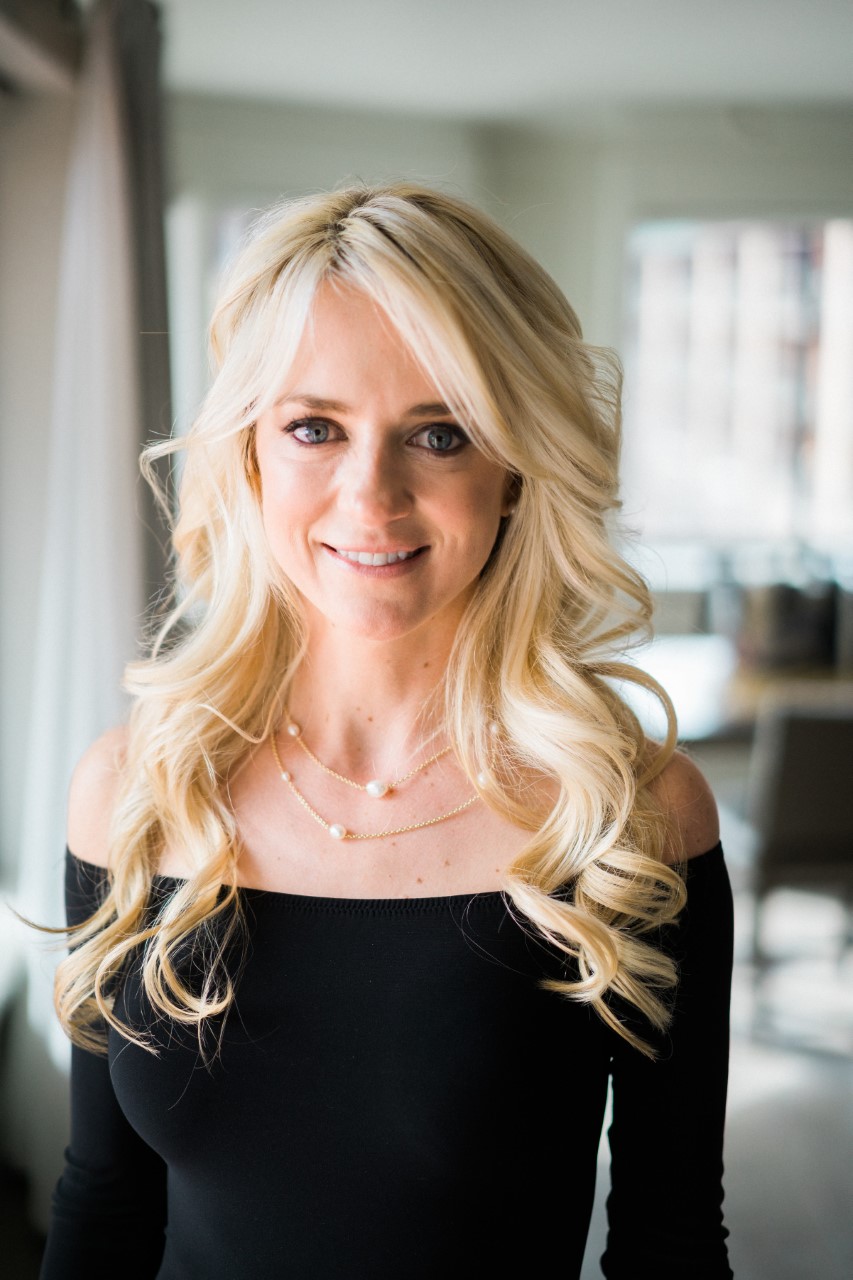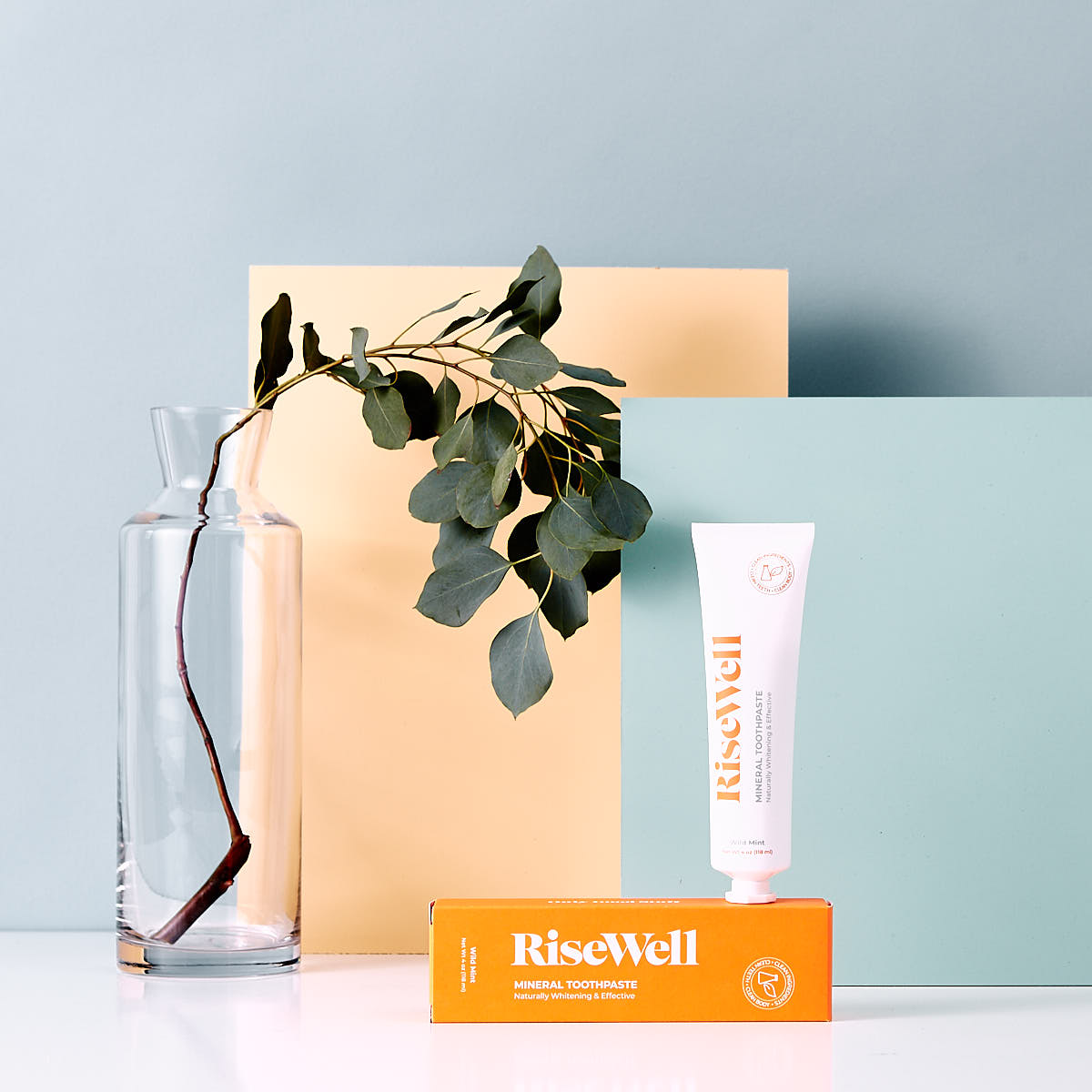Photo of Kelly Robinson by Britany Gill
I recently had the opportunity to catch up with Kelly Robinson, conscious spiritual interior designer, doula and author of Where Spirit Meets Space during an event that we hosted together.
During our powerful discussion, Kelly shared how we can leverage creative design to help us create space and make room for that which we would like to invite and call into our lives; career growth, love, pregnancy or otherwise.
I thought that would might catch your attention! Please read on to learn more about Kelly, her work in spiritual interior design and ways in which you can start to connect and align your spirit and space.
What inspired your design work with spirit and personal journey?
My design career sort of fell into my lap, but ever since my early twenties I’ve been a pretty devoted spiritual seeker. My spiritual path has unfolded consistently over the past 15 years, and naturally became a part of my approach to design. My spiritual curiosities have been quite varied; beginning with cultural exchange and travel, then to yoga and meditation, then to shamanic studies, birth doula-hood, and more recently the path of the priestess; so there has been a lot of inspiration. But ultimately, my greatest design inspiration and spiritual inspiration will always be the natural world.
Mother nature is the original architect; and the ultimate interior designer.
What moved you to take your focus from corporate work towards supporting women to leverage design as an extension of their spirit?
I had been looking to step out of workplace design for a few years, as I felt I couldn’t be my fullest self in the corporate environment, even though most of my clients have been very open minded. When the pandemic hit I had some panicky days, as I know we all did.
I asked myself, how can I be of service right now?
I realized that the design brief of our homes had changed overnight. I knew that millions of people would struggle to suddenly be quarantined in their homes. I began giving out free design sessions to try to help people change their spaces to hold them better and women and couples from all over the world began signing up.
It surprised me how much of an impact I could have through Zoom, and seeing people take my guidance and recreate their spaces themselves was so rewarding. It felt so natural being my full spiritual self while working with women, and coming into the home felt like a homecoming for me personally on so many levels.
How can designing our personal spaces give us a balance of both spirited creativity and meaningful control?
When we look to nature, we can see how intentionally and creatively the animals make their nests, their cocoons, and their dens. They use the gifts of nature they have access to, and then they are very discerning with which items they bring inside. It is no different for us. When we cherish what we have, choose items that are as close to nature as possible, and design to make space for our future self we are able to create both with joy and with focused intention.
How is this balance important to the fertility journey? Our life journey?
I believe that the fertility journey, much like the journey of life, is a dance between taking intentional action and surrendering to the unknown; the divine order. Or as Arianna Huffington says, “Life is a dance between making it happen and letting it happen.” I believe that the way we craft our homes is a part of what we can do to take intentional action around what we want to call into our life.
Making physical space for our future self, our future partnership, or our future baby is a way of communicating to the universe that we are clear with what we want and we believe that we are worthy of it.
It is one piece of the puzzle. Now of course, nature does her thing, and sometimes that isn’t aligned with what we desire, or it may not happen in the timeline that we long for. So while we can do the work to ready our homes, we also must surrender to the unknown, trust in the divine timing, and find happiness with all that we already have.
You’ve mentioned a connection between the womb and our home. Can you please elaborate?
One very profound thing all humans share (whales, elephants, and lions too!) is that our very first home is the womb of our mother. This is so powerful. We are so developmentally tender while we are being carried in the womb of our mother, and we receive cellular imprints during this time that we carry throughout our life. This means that as we grow up and into adulthood, one very powerful way we can mother ourselves is by the way we create our own living spaces. Our first home is connected to every home we live in during our lifetime. It is where we eat, sleep, and grow, just like when we were in the womb.
What is your personal mantra?
There are many gems I’ve gathered throughout the years, but the one that I keep coming back to is a mantra that my mother gave me. It is very simple, yet so profound. “Follow your heart.” In a world that is moving so quickly, it is so easy to get stuck in our heads. The mind can be tricky sometimes, and doesn’t always provide the best compass. But the heart doesn’t lie. Along with our womb, it is our most trustworthy intelligence center.
Do you have a s spirit animal?
I feel very connected to so many animals, so this is a tough one for me. I’d have to say I am part mountain gorilla, part dolphin, and part sea hawk. I had the incredible blessing to see the gorillas in Rwanda last year and burst into tears when I saw a mama gorilla breastfeeding her baby. The dolphins are also so inspiring to me because of how they play together and their pod dynamic. And sea hawks are so free and amazing fliers, but they mate for life and always hunt with their partner, which I think is so romantic.
If you could collaborate with any one person to design a space, who would it be and why?
Cleopatra! I am fascinated by the architecture of the pyramids and of ancient Egypt. I want to know all the secrets she carried. A more grounded answer to that question would be a friend and inspiration of mine, Clive Wilkinson. He always thinks outside the box!
What is a fun fact that we would likely not know about you?
My mom is one of 10 children so I have an enormous family. And as a child I tap danced for 12 years. I still have a few moves!
Ready to embark on your own design journey? Kelly provides 1:1 design sessions and also leads the Where Spirit Meets Space design journey each month timed with the 28 day cycle of the moon. The journey brings Kelly's teachings to life in a progressive course that includes five 90-minute virtual sessions with a small community of other female participants. Together and with Kelly’s guidance, you’ll make simple yet powerful changes to your space that deepen your connection to your home, your spirit and our mother earth. The result is a transformative personal experience to not only reimagine your home but also who you are becoming.
The next Where Spirit Meets Space design journey begins October 3rd and runs through October 31st with live sessions each Saturday from 10:00am PST –11:30am PST. Learn more about the course and signup here. Fertilust readers receive an exclusive offer of 20% off the design journey.
ABOUT KELLY ROBINSON
Kelly Robinson is a conscious interior designer and spiritual guru, known for creating functional homes for pioneering companies like Airbnb, Headspace and Soundcloud among many others. In the wake of the COVID-19 pandemic, she turned her focus to helping women navigate the new normal of working from home and authored a digital design guide entitled Where Spirit Meets Space, which weaves together ancient practices of Feng Shui and yoga with her holistic approach to interior design. To bring the book’s teachings to life, Kelly hosts sought-after workshops, private design sessions, as well as an intimate 28-day design journey offered monthly.
A devoted spiritual seeker, Kelly is also a yoga teacher, birth doula, and naturalist. She is driven by a deep desire to nurture the human spirit and deepen our relationship to the planet and positively change the way we treat it.
Kelly currently lives in Vancouver, Canada, and is dreaming up plans for her future off-grid home on the Big Island of Hawaii.
Want to stay in touch? Please contact Kelly through her site or follow her on IG!



